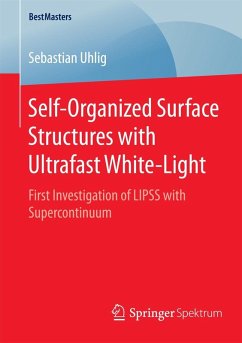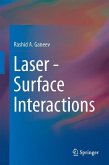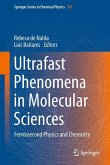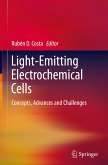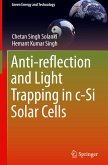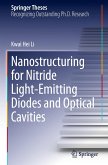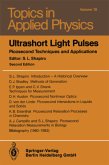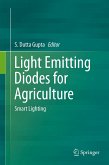Sebastian Uhlig presents the first experimental investigation of self-organized surface structures (LIPSS) generated by ablation from different (semiconductor and metallic) targets with an ultrafast white-light continuum (WLC) spreading in wavelength from 400-750 nm. The main goal is to study the possibility of LIPSS formation upon irradiation with an incoherent and polychromatic light source (e.g. the WLC) in order to discriminate between the two debated formation scenarios. The generation of a suitable WLC in terms of sufficient white-light pulse energy, broad spectral bandwidth, and low spatial coherence for the LIPSS generation, as well as the characterization of this WLC are additional important objectives of this work.
Bitte wählen Sie Ihr Anliegen aus.
Rechnungen
Retourenschein anfordern
Bestellstatus
Storno

